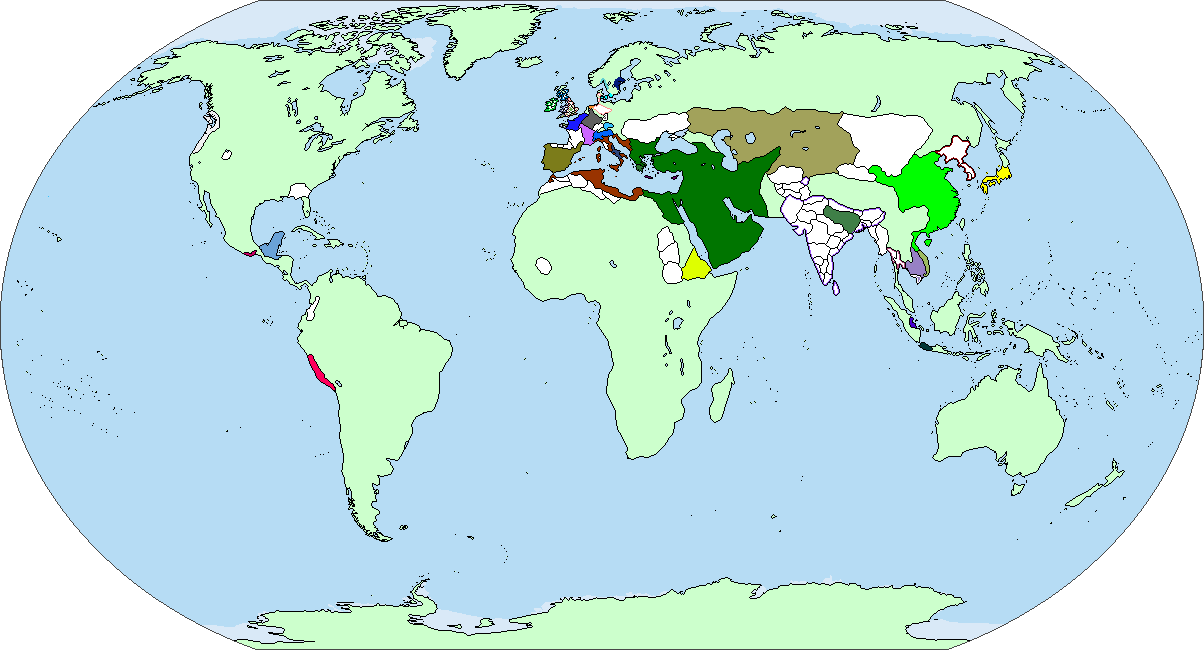


After his death in the 550s, his successors struggled to hold on to the reconquered territories. Under the reign of Justinian, much of what was once the empire's imperial possessions were salvaged, bringing the Byzantine Empire to its second height. In 476, Romulus himself was deposed, disappearing into historical records afterward. The Western Empire soon followed collapsedĪt first, the East believed that the west would be restored and it was merely experiencing technical difficulties. Julius Nepos was the last emperor who wielded any power whatsoever before being replaced by Romulus Augustus, who was effectively not even emperor in any way and only recognized as so by the east due to the fact that Odoacer, the barbarian warlord that was actually in power, minted coins with Romulus' face on it. The Western half swiftly fell to Barbarian invasions, with every emperor after Valentinian III being merely a puppet to Barbarian chieftains. His two inept sons, Honorius and Arcadius, took the western and eastern half of the empire respectively. The Empire achieved official independence in 395 after the splitting of the Roman Empire following the death of Emperor Theodosius I. Though while not officially independent, the groundwork for the Eastern Roman Empire was laid on that fateful year. The Byzantine Empire can trace its roots to 330 AD when Constantine I "the Great" moved the capital of the Roman Empire from Rome to Byzantium, later renamed to Nova Roma (New Rome), and then finally, Constantinople. It is one of the most powerful and among the largest nations on Earth, stretching from Crimea to Sudan, in addition to being an economic juggernaut. The Empire of the Romans, commonly referred to as the Empire of Rome, the Roman Empire, the Eastern Roman Empire, or the Byzantine Empire, is a large, semi-autocratic monarchy located at the crossroads of Afro-Eurasia. Nicaea Andrionople, Antioch, Nicomedia, Athens,


 0 kommentar(er)
0 kommentar(er)
